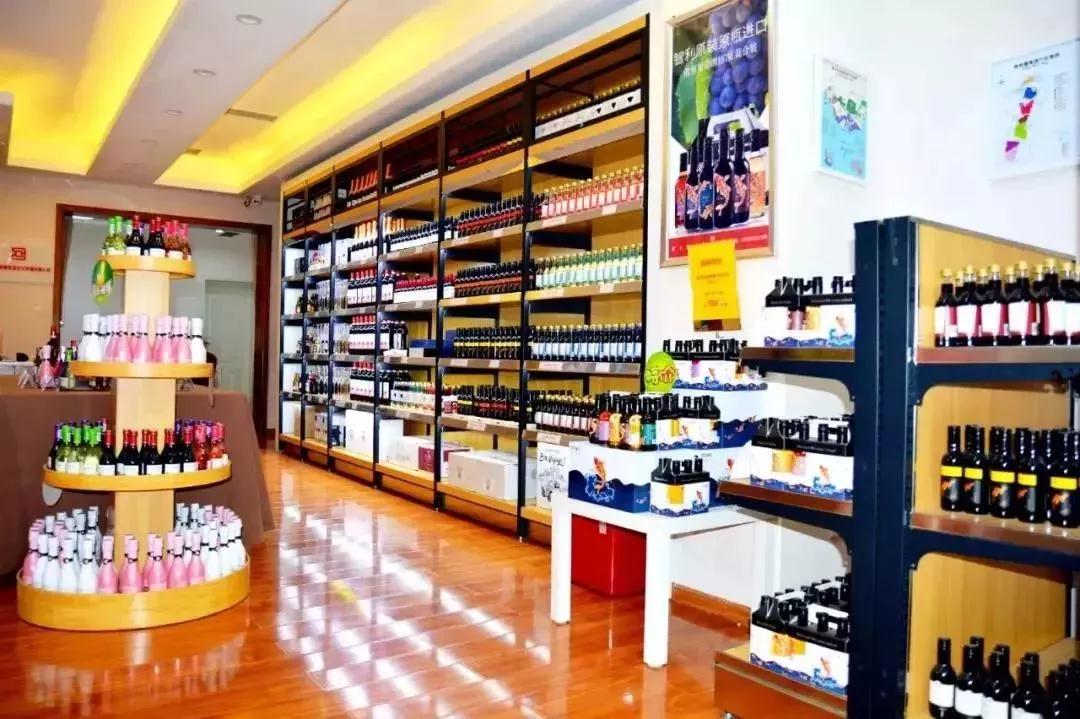Small Bottles Are Booming in China?

Write | WBO Morris
Translate and Edit | WBO Kiwi
Changyu, one of the greatest wine producers in the China, launched 188 ml of its big item Zenithwirl. According to our former observation, small bottles have been accepted by more consumers in Guangdong and Fujian provinces.
Some vintners take small bottles as their main products. They thought that small bottle had solved some of the consumers' pain points from the convenience. Unlike that in foreign markets, small bottles are just a complementary product.
Small bottles of wine satisfied young consumer's "fast drinking culture" and matched their habit of “bottle drinking”
In regional areas of Guangdong, stores put small bottles with different taste, different varieties and different production regions together, and sell them with their self-decorated beautiful boxes.
Price range of such wine is about 30-40RMB/bottle, a case of 6 small bottles is less than 200RMB. The store has not carry out too much promotion, and sales are beyond expectation.
These small bottles are mainly for young people pursuing fast drinking culture. For example, they want to drink a little at night, and they buy it at the convenience store.
Fujian began to drink small bottles from two years ago. It mainly aims at some catering channels. Its main function is to satisfy consumer’s habit of “bottle drinking" and "toast", which cannot be satisfied when drinking 750 ml.
A retailer analyzed: small bottles fill a gap in the wine market, compared with big volume bottles, young people are more willing to buy a lift (6 bottles).
Occupying family consumption
At the end of last year, a wine supermarket in Chengdu only sell 187 ml, directly referring to household consumption. This supermarket is located in a mature high-end community, mainly facing the consumption of females.
According to Zhang Taiping, the head of the wine cellar, his cellar was open for merely half a year, increasing more than 100 members per month to realize the balance of profit and loss. Through his statistics, more than 70% of the customers are female.
Zhang pointed out: we aim at family women who know nothing about wines, and to build daily drink atmosphere for them.They can try different regions, varieties, taste while without any economic pressure.
“We must treat such customers like intimacy. Our staff were trained to keep a distance of 1-meter from each customer, not to push imitatively, not to use wine professional terms. When the customers seek recommendations, we ask the customers likes, such as sweet or dry, red or white,” said Zhang.
Small bottle products in retail stores are based on entry-level and well-known brands, like Yellow Tail, JP Chenet, Gallo, which accounted for more than 90% and priced at 20-40RMB/bottle.
Another importer also confirmed: In Fujian, 187 ml appeared in the catering channel, and priced at 10 RMB/ bottle, all of which are entry level wines from Spain or Chile. The positioning of such wine consumption is similar to that of HeineKen.
Whether it is for family female consumers, or for young consumers who love "fast drinking fashion", label appearance is extremely critical.
Zhang put JP Chenet for 50% of his retail display. “Leaning neck looks special than others, and its colorful labels make it even attractive. Many female were attracted by beautiful packages”
It is also known that many young consumers in Shantou buy small bottles for convenience. They have no ideas on wines, so package is very important to them. ” In fact, many young people choose wines that are not very well known, and more are based on pleasing eyes.
Small bottles meet various needs of young consumers. However, cost of a small bottle is higher than that of 750 ml.
At the time of pricing, if it is priced according to the profit margin of 750 ml, it is likely to be unattended due to low cost performance.
Speaking of how to control costs, Zhang introduced to WBO: “Now we have only 20 SKU. We are going to add some complementary products in the future, SKU cannot exceed 30. This not only controls consumers focus, but also increases the purchase volume of each SKU, in order to lower our purchase price."
Zhang also tried to reduce purchasing lines. His first choice is to cooperate with importers and China based brand owners. When doing community promotion, he will apply for promotion costs from brand owners.